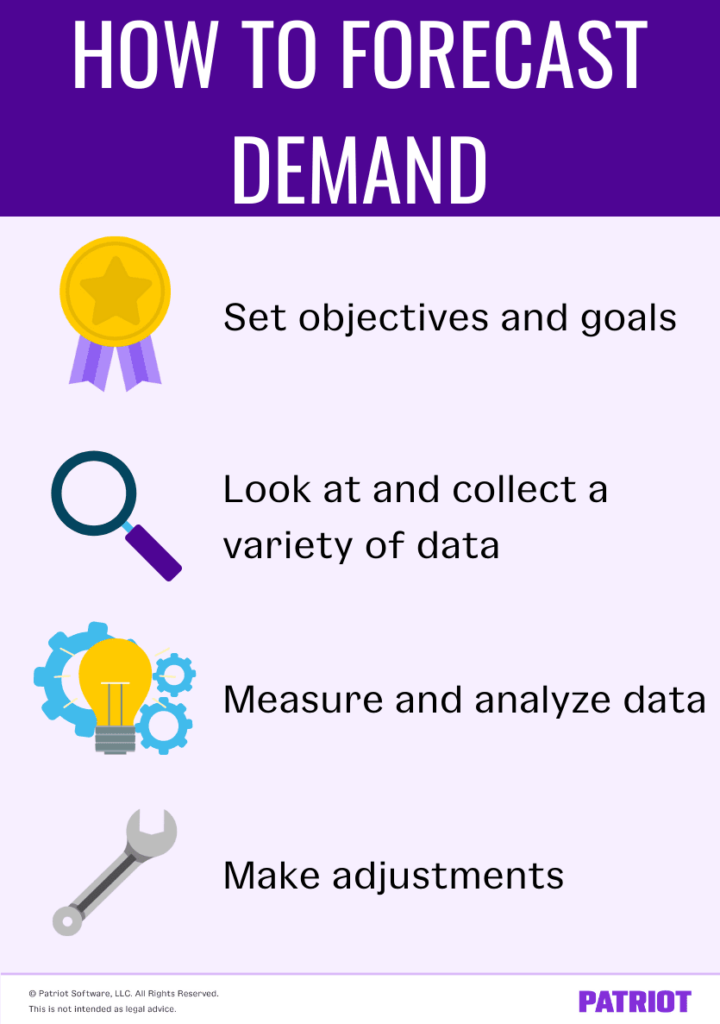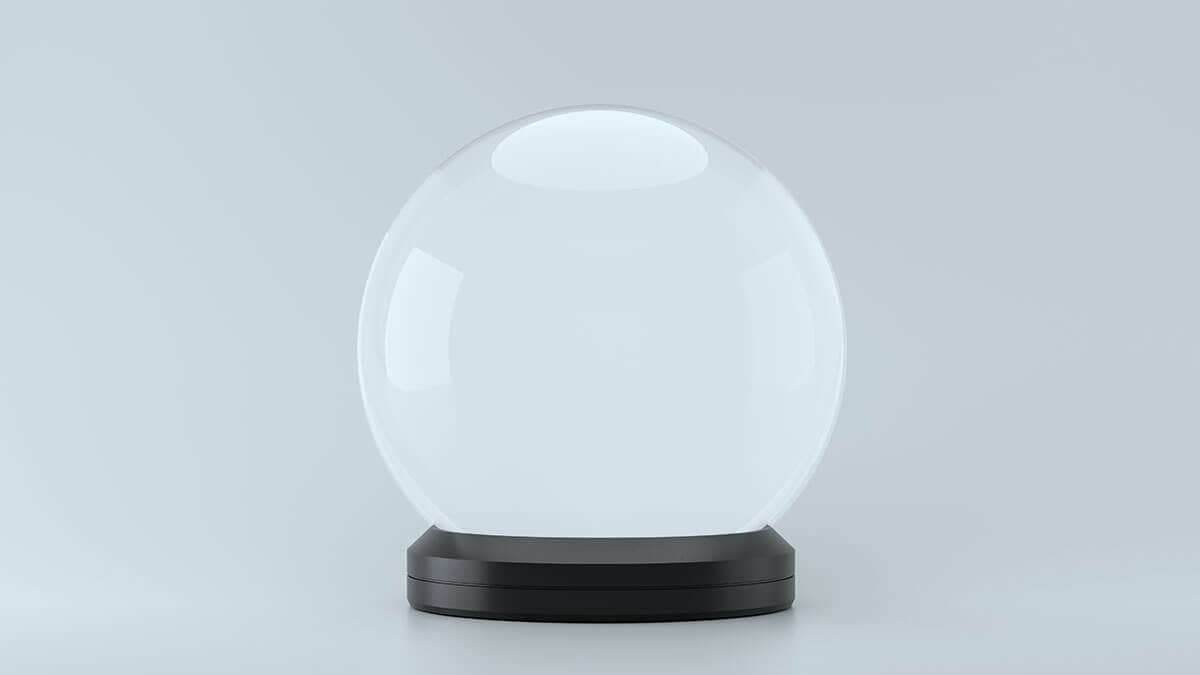Without customer demand, there is no business. Although no one can predict exactly how high in demand a product or service will be, you can guesstimate it. How, you ask? With demand forecasting. Get the lowdown on types of demand forecasting, how to forecast demand for your business, and more.
What is demand forecasting?
Demand forecasting, or sales forecasting, is the process of making predictions about future customers’ future demand for a product or service. You can forecast demand by looking at your company’s historical sales data and seasonal trends.
Demand forecasting can not only predict future sales for a certain period of time, it can also help you:
- Make better supply decisions
- Estimate revenue
- Optimize inventory
- Create and implement growth strategies
- Price services and products
- See your market potential
Businesses can use sales forecasting to make decisions about supply chain operations, cash flow, profit margins, capital expenditures, and more. In short, forecasting demand for a product or service can assist you with making smart business decisions and lead your company down the road to sales success.
Without using demand forecasting, your company might make poor business decisions about products or services and their target markets. In turn, that can impact your profitability, supply chain management, and more.
Types of demand forecasting
There are a number of ways to forecast demand in business. The best type of forecast method can vary depending on your business. And, you might find it beneficial to do multiple demand forecasts to get a clearer picture of what to expect in the future.
Here are a few types of demand forecasting your business can use:
- Passive demand: Uses historical sales data to predict future sales. This method is only useful for companies that have a lot of past sales information on hand.
- Active demand: Takes into account both aggressive growth plans (e.g., product development) and the industry’s competitive environment (e.g., market growth). This method is generally used by startup businesses that are growing quickly.
- Macro demand: Considers general economic conditions, external forces, and other factors that disrupt commerce. This method can help your business stay in the know about market research and shifts in the market.
- Micro demand: Looks at information specific to a certain industry, business, or customer segment (e.g., age, location, etc.). For example, looking at the need for product ABC for millennials in Cleveland, Ohio.
- Short-term: Looks at a small window of time, typically a period of less than 12 months. This type of forecasting is good for planning production needs for a specific day or time frame, such as Black Friday promotions.
- Long-term: Helps identify and plan for seasonality, patterns, and production capacity by looking at a period greater than a year. This can help businesses create their marketing plan, prepare for future demand, and plan investment strategies.
- Internal demand: Identifies operational needs that may impact future sales. For example, internal demand forecasting can help a business identify how many people need to be hired within the next three years to keep up with demand.
There are many different ways you can collect data for forecasting, including conducting surveys, A/B testing, doing market research, and, of course, looking at historical data.
Demand planning and forecasting: How to
Ready to start forecasting demand for your company’s offerings? To get the ball rolling, follow these four steps.

1. Set objectives and goals
Before you dive into trying to predict demand for your company’s products or services, you should set clear objectives and goals. That way, you know what you’re trying to achieve and can track results along the way.
When setting objectives and goals, choose a time period, the specific product or service you want to look at, and if you’re forecasting demand for a specific subset of customers.
Write out what exactly you hope to accomplish. And, have a clear understanding of your goals before going into demand forecasting. Collecting data just to collect it will just be a time suck and will not help you achieve anything in the long run.
2. Look at and collect a variety of data
Once you set out to forecast demand, collect a variety of data—not just historical metrics. Collecting a variety of data can help you put together pieces of the puzzle and really figure out how to make demand predictions.
Keep in mind that the data you collect depends on the demand forecasting method(s) you choose. But in general, the more data you collect, the better.
Gather data both internally and externally. For example, you may decide to look at your customer relationship management (CRM) platform for internal data and conduct market research for external data.
3. Measure and analyze data
After you collect data, analyze what you have to draw some conclusions. After all, finding patterns and trends helps you make predictions for the future.
You may decide to measure and analyze data manually by looking through your findings, spreadsheets, notes, etc. Or, you may opt to use automation, like demand forecasting tools, to make predictions. You can use demand forecasting software to automate processes and get answers quickly.
Whatever you do, make sure you review and analyze your findings as much as possible so you can better predict future trends and demand.
4. Make adjustments
After sifting through your findings, use them to help make adjustments for the future. For example, say you forecast an increase in demand for a product based on market trends. Based on your findings, you will want to increase your product’s inventory to ensure you have enough on hand when needed.
Whatever you do, don’t let your findings go to waste or collect dust on a shelf. Use them to help better your business and forecast demand for the future.
Tips for demand forecasting
Demand forecasting isn’t an exact science. It may take some trial and error to get a good demand planning process down. To help with demand forecasting (especially for you first-time forecasters), follow these tips:
- Utilize as much data as possible
- Know where to collect data from
- Don’t be afraid to ask for help (e.g., ask an expert)
- Take advantage of demand planning tools (e.g., sales forecasting calculator)
- Keep track of your data and findings all in one place
- Utilize a variety of demand forecasting methods
Again, your demand forecasting may not be the most accurate the first time around. But, that’s OK. As they say, you live and you learn—and you’ll learn how to make more accurate forecasts in no time if you experiment, analyze your finds, and make appropriate adjustments.
This is not intended as legal advice; for more information, please click here.




